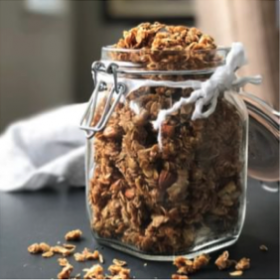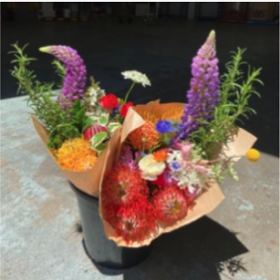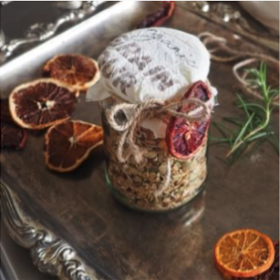In China’s remote Yunnan Province where southern Asia, eastern Asia and the Tibetan Plateau join, three of the world’s great rivers – the Jinsha (Yangtze), Lancang (Mekong) and the Nu (Salween) come very close to meeting. For one hundred extraordinary miles they run parallel through deep gorges and high mountains creating a landscape that UNESCO describes as “one of the most biologically diverse and geographically varied temperate zones in the world ”
There is an equivalent food landscape to the three parallel rivers – created on a small island at the crossroads of ancient trading routes where three great food cultures – Chinese, Indian and Malaysian co-exist and cross-fertilise in the Hawker centres of Singapore.
A classic Singaporean breakfast of kaya (coconut jam) toast with soft boiled eggs and a kopi (coffee) is about as hard to culturally deconstruct as many Singaporeans’ genealogies. A lunch maybe be murtabak (Indian stuffed pancake) or nasi lemak (a kind of Malay take on a ploughman’s lunch). And in the heat of the afternoon you could go culturally off the richter with durian ice cream in a rainbow bread sandwich.
Dinner, where do you start? Popiah (a Chinese sort of spring roll but more-so) or otak otak (Malay steamed fish, custard wrapped in banana leaf ), noodles you have to eat some, kway teow Chinese/Malay fried noodle, maybe followed by tissue prata, somethinglike a tall Indian wizard’s hat of thin, thin roti sprinkled with sugar.
And the variety and range goes on and on. Singaporeans switch as effortlessly between different food cultures as Luxembourgers do with languages. In appreciation and acknowledgement to their incredibly diverse food eco-system these reverential eaters often show their thanks by eating six meals a day. Bless their hollow legs.



